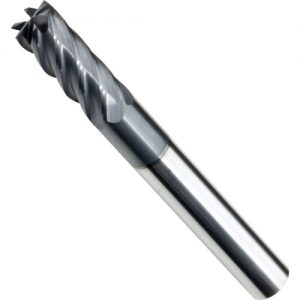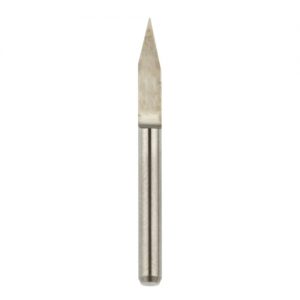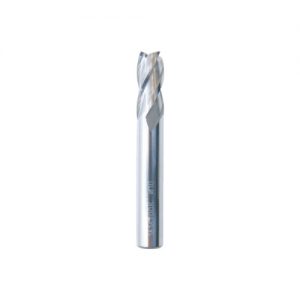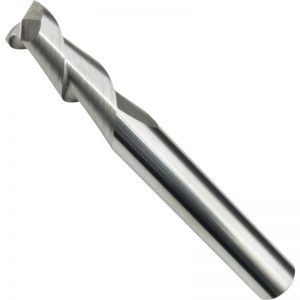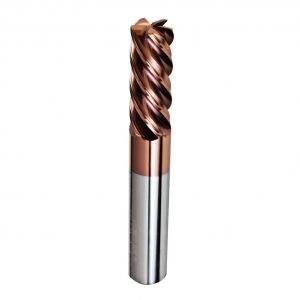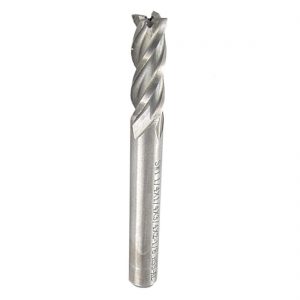Therefore, any metal cutting operation should be performed in a completely closed (shielded) environment to prevent damage from flying objects. After purchase, DPA does not bear any loss, damage or expense of any use or disposal of our products.
Grinding produces harmful dust. To avoid adverse health effects, use appropriate ventilation and reading material safety data sheets first.
Calculation of hole diameter
Large diameter hole diameter calculation screw interpolation
When the screw interpolation technique is used, the production of large diameter hole can be quickly and easily. This technique is similar to the movement of threads in all three axes (X, Y, and Z). Unlike thread milling, it is introduced without any kind of starting hole. The tool simply locates in the inner diameter of the hole, and from there it begins its spiral by reaching down to the final depth to achieve complete removal of the material. This kind of smooth operation avoids the high – horsepower consumption characteristic of large diameter hole. This quick and simple process provides an additional advantage that allows many different hole sizes to be generated using the same diameter tool. The hole size changes are in programming.
suggest
- square shoulder milling allows for heavy cutting depth (DHOC), but DPA recommends no more than 2/3 in insert length to reduce the chance of screw breakage.
- use the cutting edge of the blade as much as possible to get the most metal cutting in the life of the insert tool.
- use a larger angular radius and be the sharpest in rough applications.
When possible, suggest that you climb the mill.
- square shoulder tools can’t dive; Instead, use 1/2 to 2 ° slope Angle for large diameter. Larger slope angles may be cut with partial width.
